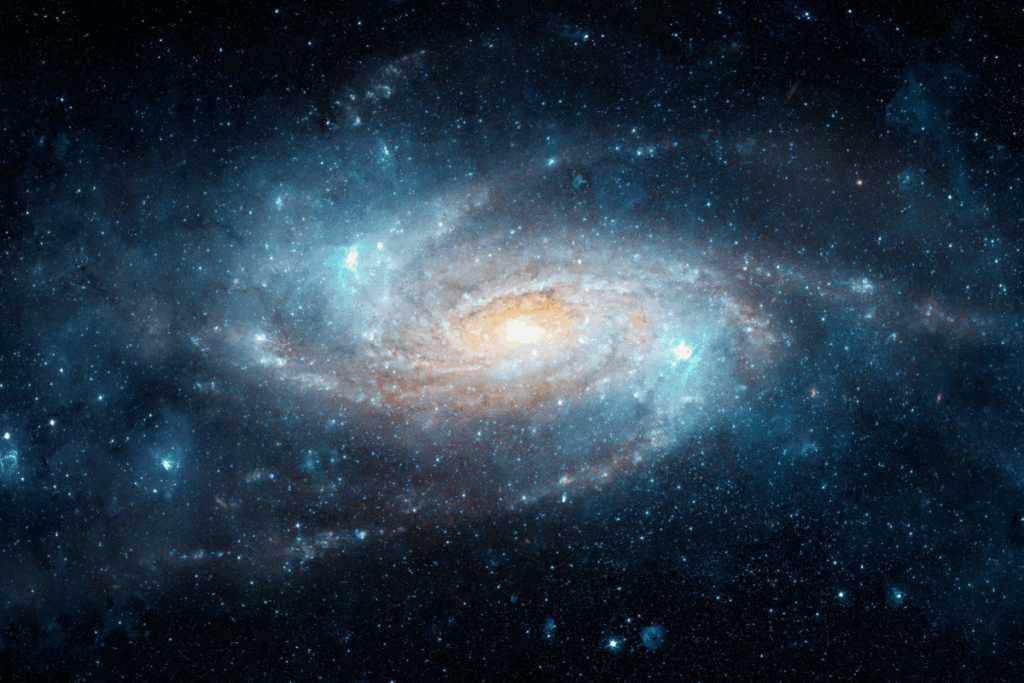A Rare Chemical Signal Challenges What Scientists Know About Space Metals
Astronomers have detected glowing nickel vapor surrounding the interstellar comet 3I/ATLAS at a distance far too cold for metals to normally vaporize — a discovery that is reshaping our understanding of chemistry beyond the solar system.
The finding, made by an international research team using the Very Large Telescope (VLT) in Chile, marks the first time scientists have observed such metal emissions at these extreme distances from the sun. It offers a rare glimpse into the ancient materials that make up interstellar comets, potentially billions of years old.
“While we can’t yet confirm the presence of an atmosphere or life on 3I/ATLAS, the planet represents a promising target for future exploration,” said Rohan Rahatgaonkar, a Ph.D. student at the Instituto de Astrofísica–Pontificia Universidad Católica de Chile, who co-led the study with Darryl Seligman, assistant professor at Michigan State University.
A Visitor From Another Star System
Discovered on July 1, 2025, by the Asteroid Terrestrial-impact Last Alert System (ATLAS), 3I/ATLAS is only the third confirmed interstellar object ever found, following ’Oumuamua (2017) and 2I/Borisov (2019). Unlike its predecessors, this comet was detected early enough for continuous observation as it approached the sun, giving astronomers a front-row seat to watch it “wake up.”
Interstellar comets are invaluable to science because they carry the chemical fingerprints of other star systems, acting as time capsules from planetary nurseries light-years away. Studying them offers clues about how planets form across the galaxy — and whether the ingredients for life are common elsewhere.
Cold Nickel, Hot Mystery
When 3I/ATLAS was still 3.88 astronomical units (AU) from the sun — nearly four times Earth’s distance — the team detected strong spectral lines of atomic nickel vapor using the VLT’s X-shooter and UVES instruments.
This was a surprise, as such metals typically require far higher temperatures to sublimate into gas. Even more curious, astronomers did not detect corresponding levels of iron, a metal usually paired with nickel in cosmic environments.
By mid-August, when the comet reached 3.07 AU, scientists also detected cyanogen (CN) gas, a common molecule in comets from our own solar system. The growing strength of nickel emissions as 3I/ATLAS approached the sun indicated an unusual chemical process at work.
Researchers theorize that the nickel could be bound in volatile molecules, such as nickel carbonyl compounds, that break apart under sunlight at low temperatures — releasing metal vapor without direct melting. This challenges traditional models of cometary chemistry.
Linking Ground and Space Observations
Complementary data from the James Webb Space Telescope (JWST) deepened the mystery. JWST observations showed that the comet’s coma — the glowing cloud around its nucleus — contained far more carbon dioxide than water, unlike most solar system comets. It also revealed traces of carbon monoxide and water ice, suggesting a complex mix of frozen gases and organics.
Together, these findings imply that nickel atoms could be freed by solar radiation acting on exotic molecular compounds rather than through simple heating. The absence of detectable iron suggests these reactions may be chemically selective, pointing to a unique interstellar origin.
A Cosmic Time Capsule
As 3I/ATLAS approaches its perihelion — its closest pass to the sun on October 29, 2025 — astronomers are racing to collect more data before it vanishes back into interstellar space.
The comet’s chemical composition may reveal whether the building blocks of planetary systems are universal or vary dramatically across the galaxy. Comparing 3I/ATLAS with 2I/Borisov and ’Oumuamua could provide the clearest evidence yet of how different star systems form planets, metals, and organic molecules.
“The universe keeps surprising us,” Rahatgaonkar said. “Every new interstellar visitor is a reminder that our solar system is just one laboratory in a much larger cosmic experiment.”



